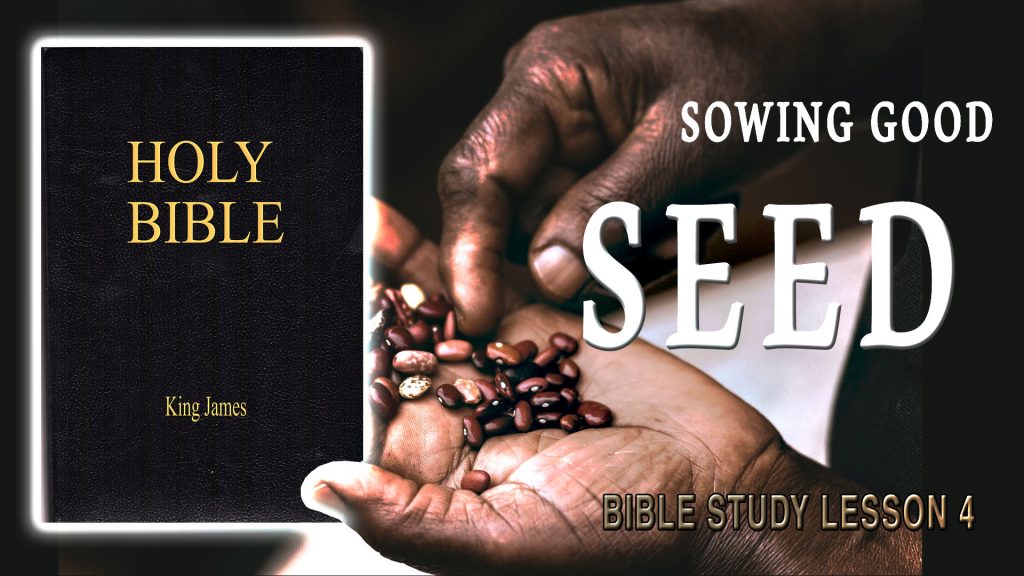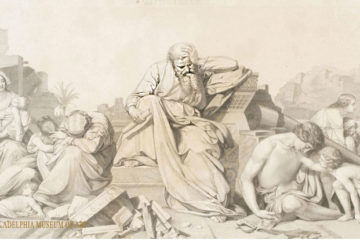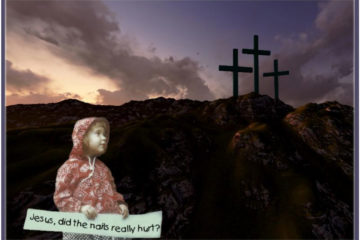
SOWING Good Seed
We’re excited to share with you the fourth in our “Bible Study Series.” The information presented herein will better prepare those who complete this study for the upcoming teaching: “Is It Foolishness or Faith? Part 3.
Study Questions
1. The word seed is used almost 300 times in the Bible. What are four groupings into which seed is used?
2. A major learning precept of Biblical studies is to learn to study the words as are they are given according to: (a) Strong’s Concordance, (b) someone with a theological degree, (c) the most popular TV evangelist, (d) by comparing five different versions of the Bible and choosing the one you feel is best, (e) according to the context in which the word is used, (f) by asking someone who says he is a Hebrew or Greek scholar.
While several of the above might give you the answer for which you are looking, it is best to learn to study the immediate and surrounding texts and cross references as well as some outside readings but always return to the immediate contextual text to determine HOW the Word is used. Context, after all, is how we daily learn to interpret what people say to us.
3. Name two books which do not mention the name of God. One is between Ecclesiastes and Isaiah. Write the name of that book here _________________________. The other is between the books of Nehemiah and Job. Write the name of that book here _____________.
4. Who is the young godly woman who risked her life to prevent an act of genocide (the deliberate killing of a large group of people) against her people, the Jews, who showed “the works” of her faith by prayer, fasting, and acting? Then ____________ bade them … Go, gather together all the Jews … and __________ ye for me, and neither eat nor drink three days, night or day: I also and my maidens will _________ likewise … (Esther 4:15-16) (The name Esther signifies a star in Persian.)
5. For what purpose was the Son of God [Jesus] manifested? … that he might destroy the works of the _____________ (1 John 3:8)
6. Who is the first and the last? … Fear not; I am the _________ and the __________. (Revelation 1:17) I am Alpha and __________, the_________________ and the ending, saith the _________, which is, and which was, and which is to come, the Almighty. (Revelation 1:8) Alpha and Omega are two letters of the Greek alphabet: Alpha being the first; Omega the last. The underlying text for the New Testament was recorded in Greek.
7. The book of Revelation is The revelation of ________________ which God gave unto him … (Revelation 1:1) Notice the name is singular, Revelation, not plural, Revelations.
8. Jesus Christ is the beginning and the end of all things. And he [Jesus Christ] is ______________ all things, and by him all things consist. (Colossians 1:17)
9. The seed, Jesus, is represented by the pronoun _____ in Genesis 3:15: And I [God] will put enmity [hatred/extreme dislike] between thee [Satan] and the woman, and between thy seed and her seed; ______ shall bruise thy head, and thou shalt bruise his heel.
10. Why did God tell Noah to take male and female humans and animals with him on the ark before the flood began? Of fowls also of the air by sevens, the male and the female; to keep _______________ upon the ____________ of all the earth. (Genesis 7:3)
11. When the LORD had man record the historical ancestry what did He have them call it? Notice it was not genealogies. These are the _________________ of Shem … (Genesis 11:10)
12. In the book of the generation of Jesus Christ, the son of David, the son of Abraham, (Matthew 1:1), whom does the Scripture say begat Isaac? _____________ begat [birthed] ________; and Isaac begat Jacob … (Matthew 1:2)



